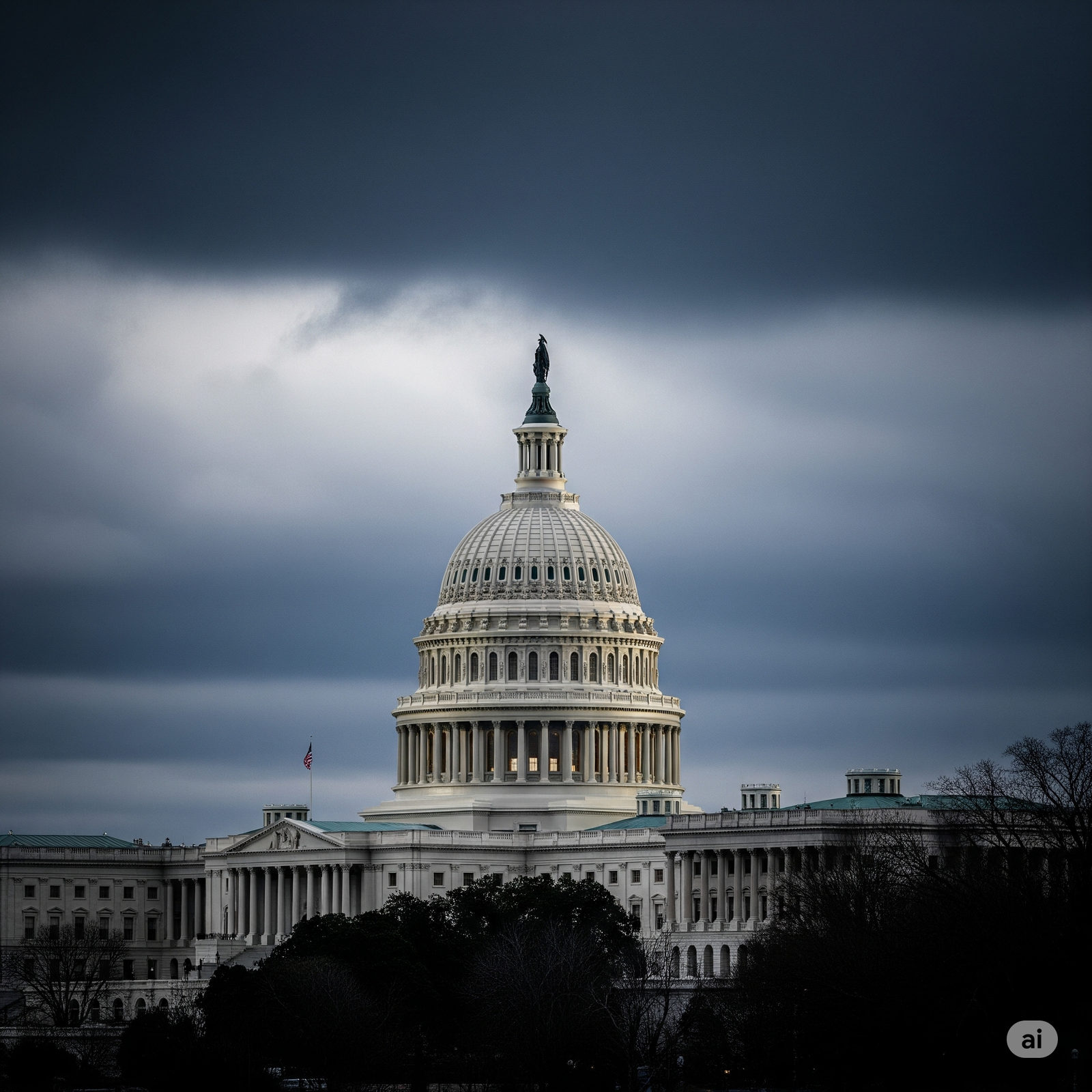A sweeping government funding package, heavily influenced by Trump administration priorities, is forging a contentious path through the Senate, setting the stage for a defining fiscal showdown.
This massive Senate spending bill not only outlines federal expenditures for the coming year but also includes a staggering $5 trillion increase to the nation’s debt ceiling, igniting fierce opposition from fiscal conservatives within the Republican party and setting up a major political battle.
Proponents frame the legislation as essential for bolstering national security and extending popular tax cuts. However, critics are sounding the alarm over its long-term impact on the national debt. This critical breakdown will explore what’s inside the bill, who stands to benefit, and the high-stakes conflicts surrounding its passage.
What’s Inside the Senate Spending Bill: Defense & Security
A key component of this Senate spending bill is a substantial increase in the budget for the Department of Defense and Homeland Security. This isn’t just a minor increase; it represents a significant investment in specific areas:
- Military Hardware and Modernization: Billions are allocated for next-generation military technology. This includes ramping up production of the F-35 fighter jet program, investing in new naval destroyers, and funding research into hypersonic missiles and AI-driven defense systems. Key beneficiaries include defense industry giants such as Lockheed Martin and Northrop Grumman, along with their extensive network of subcontractors.
- Enhanced Border Security: The bill directs substantial funds towards physical and technological barriers on the U.S. southern border. This includes hiring thousands of new Border Patrol agents and expanding contracts with private firms that operate detention facilities and provide advanced surveillance technology.
Domestic Spending in the Senate Spending Bill
On the domestic front, the legislation aims to solidify key elements of the Trump economic agenda. It proposes making several tax cuts from the previous administration permanent, a move that would primarily benefit corporations and high-income earners by lowering their tax burden.
To offset this spending, the bill proposes significant cuts to non-defense programs. Agencies like the Environmental Protection Agency (EPA) face budget reductions that could impact regulatory enforcement.
At the same time, federal funding for public housing, education grants, and scientific research is also slated for cuts. For objective analysis on federal budgets, policy experts often refer to data from the non-partisan Congressional Budget Office (CBO)
The Core Conflict: Debt Ceiling and the Senate Spending Bill
The most explosive provision within this Senate spending bill is the proposal to raise the U.S. debt ceiling by $5 trillion. This move is intended to give the Treasury Department borrowing authority to cover the government’s financial obligations well past the next election cycle.
However, fiscal hawks in the Senate are balking at the number. They argue that tying a clean, massive debt ceiling increase to a spending bill forces them into an impossible vote. “This isn’t just kicking the can down the road; it’s strapping it to a rocket with no guidance system,” one conservative senator stated.
They are demanding that any debt ceiling increase be paired with significant, concrete spending reforms.
Senate leadership and the White House insist that failing to raise the debt ceiling would trigger an unprecedented default on U.S. debt, risking a global economic crisis. They maintain that this is simply about paying for spending that Congress has already authorized.
Who Benefits from the Senate Spending Bill?
- The Defense Industry: With multi-billion-dollar contracts for new and existing programs, defense contractors and their shareholders are clear winners.
- High-Income Earners & Corporations: The extension of tax cuts provides significant financial relief and long-term certainty for this group.
- Border Security Contractors: Private companies involved in surveillance, construction, and detention services are expected to receive a significant increase in federal funding.
Next Steps for the Senate Spending Bill
The bill’s journey is far from over. It must first survive a vote in the full Senate, where its fate depends on whether party leadership can quell the rebellion from its fiscally conservative members. If it passes, it must then be reconciled with the House of Representatives’ version, which is likely to contain different spending priorities.
This process could take weeks of intense negotiation, with the threat of a potential government shutdown looming if a compromise isn’t reached before the fiscal deadline.
Read the original story on “US Top News and Analysis”.
